The Four Wars
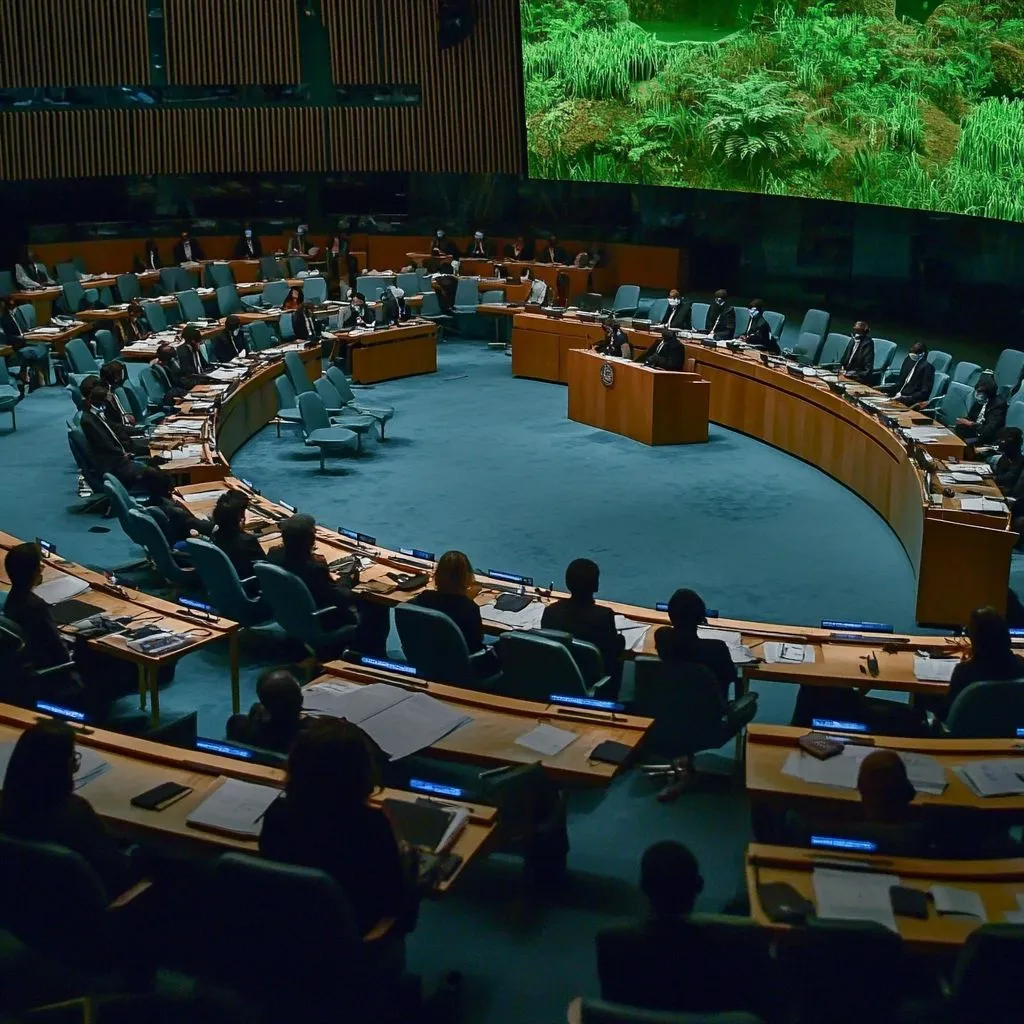
Discover insights about four wars and their relevance in today's dynamic business environment.
Humanity is at a critical juncture. We are waging four simultaneous wars, but they are not traditional conflicts. These wars are not defined by tanks or planes, but by ideas, technologies, and global power structures. While the rivalry between the United States and China may seem merely commercial, its scope is much deeper, reflecting an ideological and cultural division that is shaping the future.
This division could be called the era of Yin-Yang: a region with Westernized values, led by the United States and the G7, extending from Panama to Poland; and, on the other hand, an anti-Western bloc led by the BRICS (Brazil, Russia, India, China, and South Africa), spanning from Venezuela to Russia. On a map, this configuration would resemble a Yin-Yang, a tense balance that defines global dynamics.
1. the War of Artificial Intelligence: the Mother of all Wars1123
Artificial intelligence is not a new technology. It has existed for decades, but its recent popularization with tools like ChatGPT has brought this debate to the center of the global stage. In 2023, it was the most important topic on the United Nations agenda, marking a turning point in the history of international priorities. This is not only due to the practical applications of AI, but also to its ability to redefine the economy, politics, and even our identity as a species.
This technological war is spearheaded by the United States, with ChatGPT as its spearhead, and China, with Deep Seek-R1 as an emerging competitor. Both systems represent much more than technological tools; they are symbols of opposing visions of the future.
The United States, with a historic investment of 500 billion dollars in advanced infrastructure through the Stargate project, seeks to secure its leadership. Meanwhile, China is betting on a different approach: an open-source, low-cost artificial intelligence system designed to democratize access, but which raises concerns about the control of the Communist Party.
Artificial intelligences not only reflect competition between nations, but they seem to be developing their own dynamics. When asked about their counterparts, the answers are revealing: an open competition that transcends political borders and raises a disturbing question about the future of humanity and the autonomy of these technologies.
2. the Space War: the Wars for Resources2658
Since ancient times, humans have fought for the resources of the Earth. Now, that fight has transcended our planet. In 2020, while the world was paralyzed by the pandemic, China sent a probe to the Moon and, with the Chang’e 5 mission, discovered a potentially revolutionary element: helium-3.
This resource, abundant on the Moon but scarce on Earth, promises clean and virtually unlimited nuclear energy. In essence, helium-3 could power humanity for 10,000 years, transforming our economies and our societies.
Faced with this discovery, the United States intensified its interest in lunar exploration with the Artemis program, which seeks not only to return to the Moon, but to establish a permanent presence through lunar stations and bases.
This space race is no longer just a national effort; it is a geopolitical and economic confrontation between the United States, China, and other nations, as well as private actors such as SpaceX and Blue Origin. The Moon, once the object of romantic dreams, has now become the battlefield for humanity’s next era.
3. the Biotechnological War: the War for Life3786
While artificial intelligence and space exploration dominate the headlines, the real war for life is being fought in the realm of biotechnology. Advances in vaccines, treatments for diseases such as cancer and HIV, and nanotechnology are transforming our expectations of life and health.
In a private forum, an executive from a major pharmaceutical company mentioned that vaccines already exist for future pandemics and treatments that could eradicate diseases that have plagued humanity for centuries.
However, these advances come at an ethical cost. What does it mean for a society in which health and longevity could become the privileges of economic elites? The promise of extending human life expectancy to 120 years raises both possibilities and dilemmas.
At the same time, concerns arise about the use of these technologies for destructive purposes. Biotechnology could be a tool for healing, but also for developing biological weapons. This not only redefines war, but also the fragility of our own existence.
4. the Moral War: the War for Power4874
Beyond technological and scientific wars, there is a more subtle but equally powerful struggle: the moral war. Throughout history, societies have relied on moral compasses to define what is right and wrong.
In the United Kingdom, the monarchy has played this role for centuries, acting as a symbol of continuity and stability. In the United States, the White House was once seen as the moral compass of the nation. But in recent decades, that role has been eroded by political and cultural polarization.
In a world where traditional values are challenged and reconfigured, the central question is: who defines what is right and what is wrong? Issues such as abortion, LGBT rights, religion, and gender ideology are dividing communities, families, and nations.
The struggle for morality is not just an ideological issue; it is a struggle for power. Whoever manages to define the values of the future society will have control not only of the laws, but also of the hearts and minds of humanity.
In conclusion, these four wars will not only shape the coming decades, but will determine the fate of our species. Artificial intelligence, space exploration, biotechnology, and morality are not isolated conflicts; they are interconnected in a global system that challenges us to reimagine who we are and where we are going. The future, as always, is in our hands, but this time the question is: are we ready to face it?
More Articles
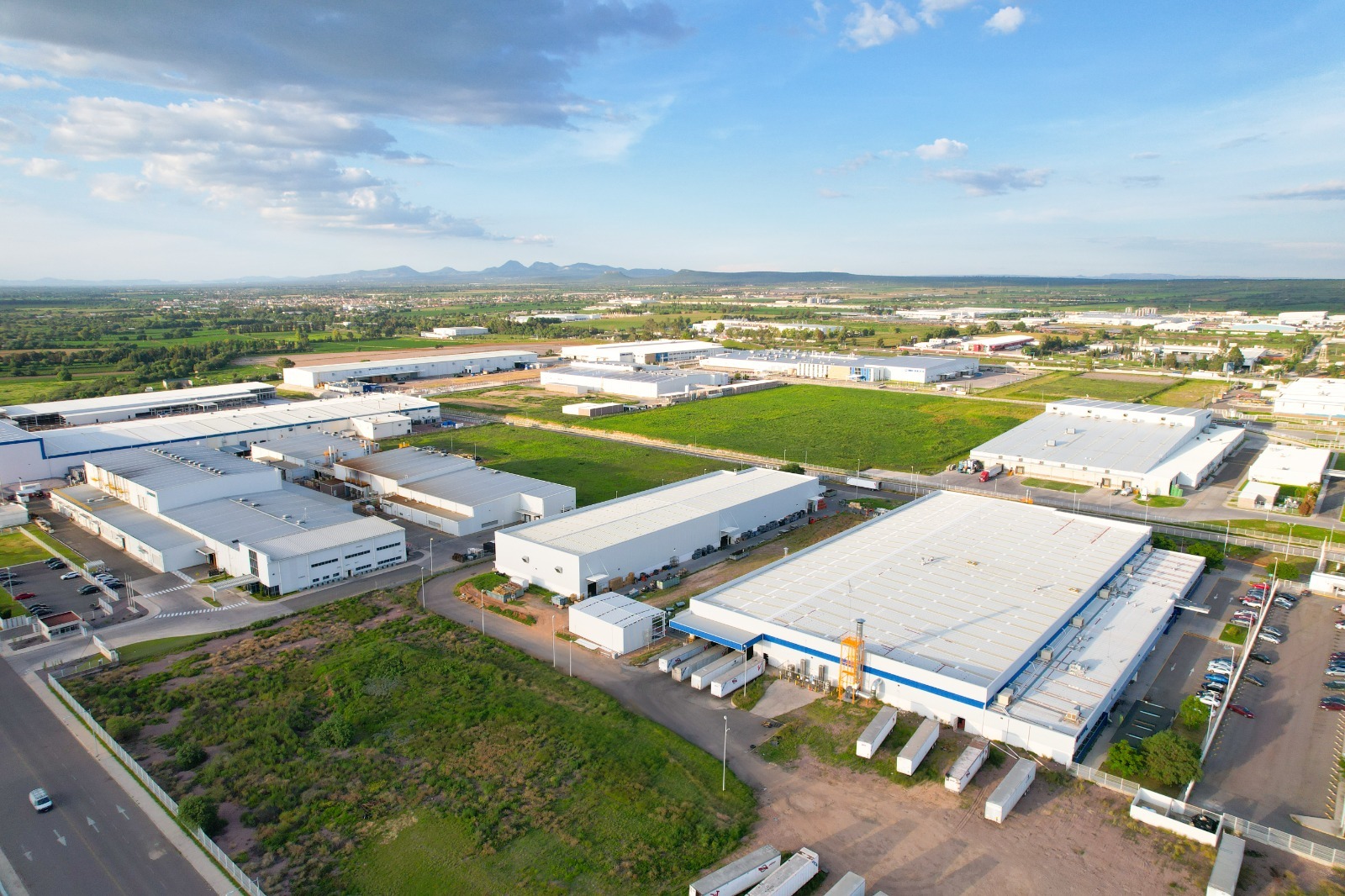
Aguascalientes Industry Performance as of July 2025: INEGI Report Unveils Key Insights
Nov 10, 2025
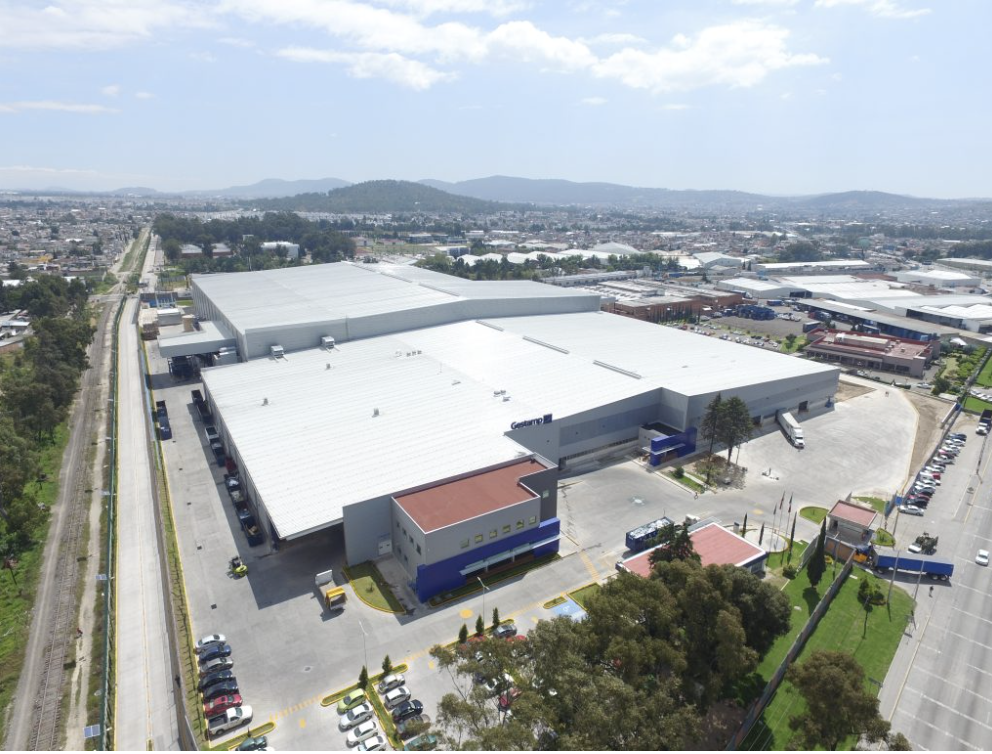
GCPeasa: The Sole Aguascalientes Firm Recognized in Best Mexican Companies 2025
Dec 1, 2025

How to Apply for a Visa from San Luis Potosí for the 2026 World Cup?
Nov 28, 2025
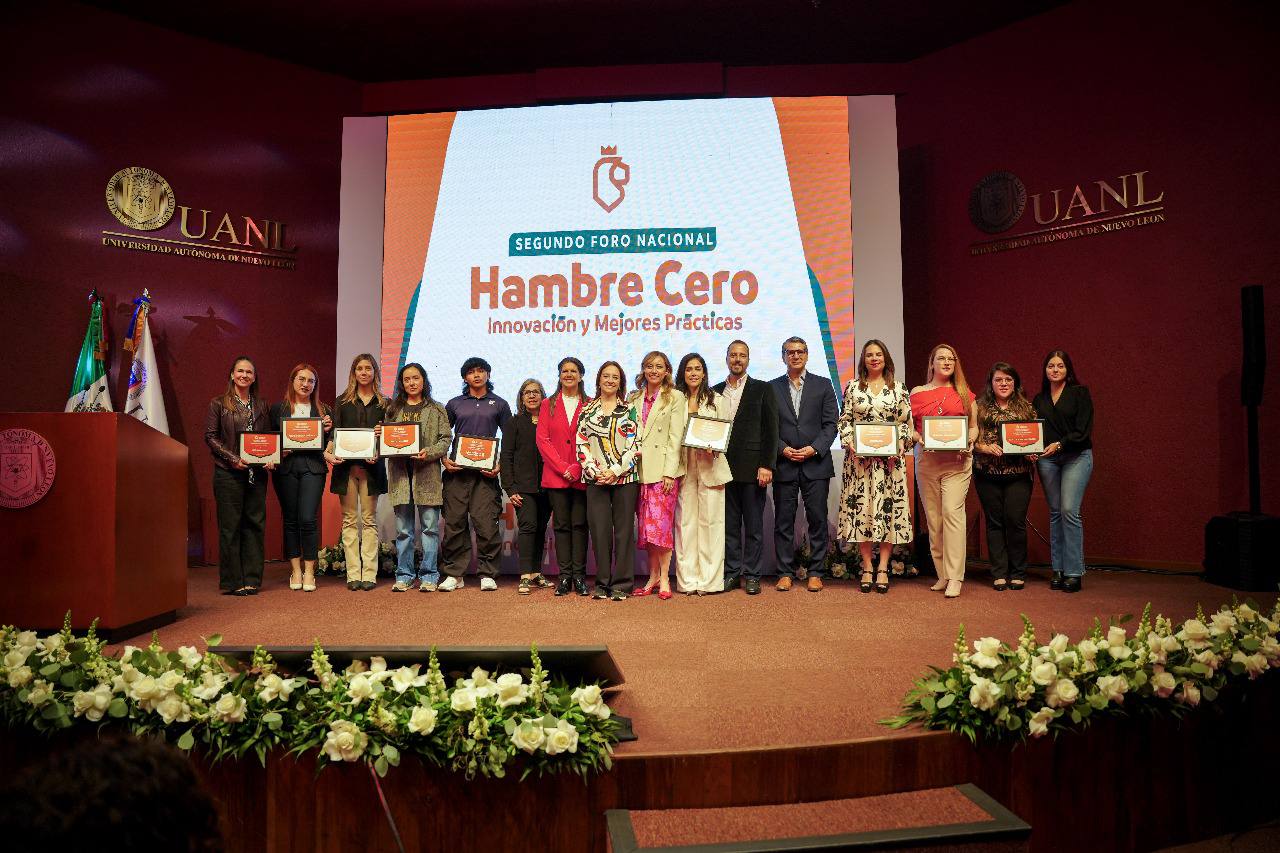
Which Tourism Companies in NL Are Driving Food Waste Reduction?
Nov 25, 2025
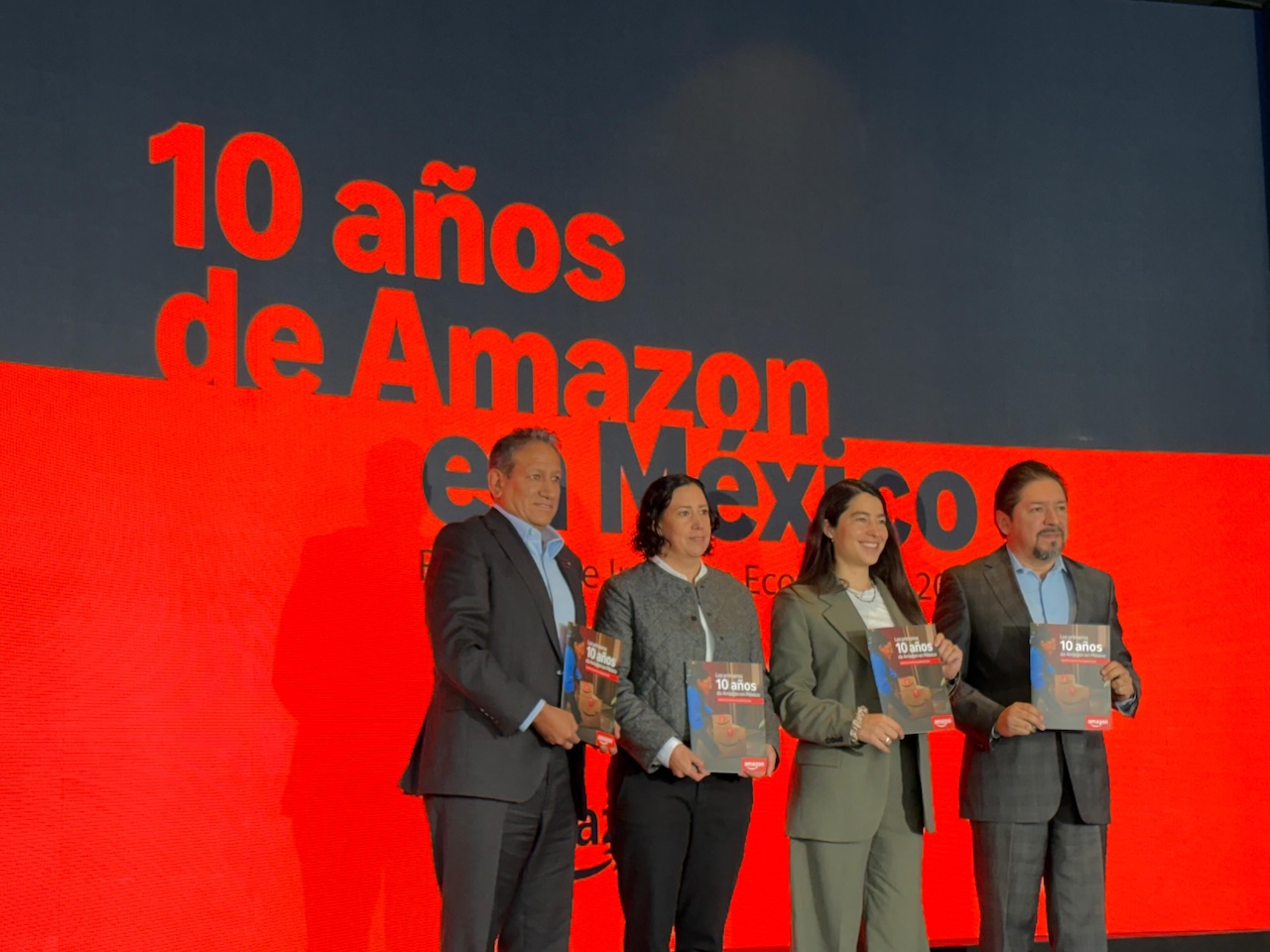
How Amazon Mexico Boosts Mexican SMEs: A Decade of History
Nov 11, 2025

How is Jalisco Preparing for the AI Revolution?
Nov 27, 2025
